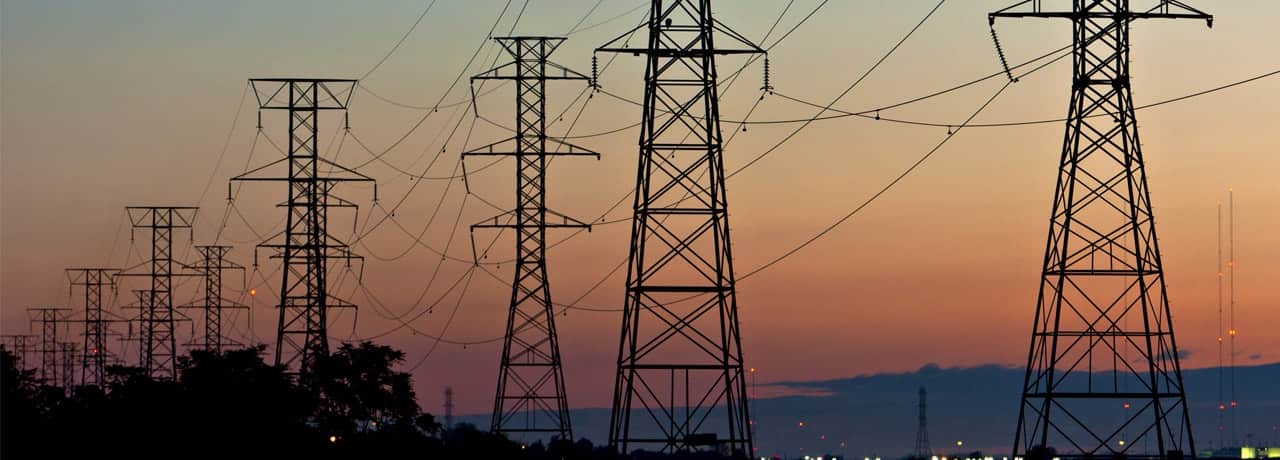February 15, 2019

Related Blogs:
Sign up for blog updates
Get innovation delivered to your inbox. Sign up for our blog and stay on top of the very latest from Semtech (formerly Sierra Wireless).
February 15, 2019

According to the U.S. Energy Information Administration (EIA), the amount of electricity generated by coal in the United States has dropped from more than 51 percent in 2000 to less than 31 percent in 2017. Meanwhile, the amount of electricity generated from wind, solar or other renewables has jumped from approximately 9 percent to just over 17 percent over the same period. Utilities can no longer focus on just producing and pushing electrons to customers. They need to transform themselves into comprehensive energy service providers by better engaging with customers, generating more energy from renewable resources and dynamically balancing supply and demand on an increasingly complex grid, all while still providing reliable, affordable electricity to millions.
How Utilities Are Using Energy IoT To Transform Themselves
One of the key ways in which utilities have sought to address these challenges is with new energy IoT applications. IoT provides them with the data and control needed to better monitor and manage energy supply, demand, and grid operations. Some of these applications have been around for many years. For example, applications like Supervisory Control and Data Acquisition (SCADA) and Advanced Meter Infrastructure (AMI) provide near real-time information on energy supply, consumption and transmission. New applications like DER require connectivity to customer-owned storage systems, generators, EV chargers and smart homes, directing them to generate, store or lower energy use in response to grid conditions.
IoT technology can be used to connect grid infrastructure equipment, like reclosers, sectionalizers and capacitor banks. With IoT, utilities can collect data and better manage their grid by detecting and restoring service outages quickly, and even create the concept of a “self-healing” grid.
LTE: The Best Choice for Energy IoT Connectivity
What all these and other energy IoT applications require is connectivity – to smart meters, DERs, grid infrastructure and more. Utilities have a lot of options when it comes to connectivity, though until recently, most of these options also came with significant drawbacks. Fiber provides high bandwidth and low latency but can be very expensive to deploy. 3G and 4G WiMAX provides good bandwidth, but mobile operators in many countries are sunsetting or plan to soon sunset these networks, limiting the life of devices already deployed. Power line carrier and RF Mesh networks are fairly inexpensive to install, but typically more expensive to manage and they may not support some newer applications.
There is a technology that delivers most of the capabilities needed for utility applications – wide coverage, strong security, low cost and a long lifetime – cellular Long-Term Evolution (LTE). Most people are familiar with the technology; it’s secure, provides high bandwidth and broad coverage for their smartphones. Until recently for utilities, LTE had some drawbacks – devices could be expensive, coverage might be difficult in remote and challenging locations, and they could use a fair amount of power, potentially limiting certain applications if they are dependent upon battery power.
However, two new types of Low-Power Wide-Area (LPWA) LTE technologies, LTE-M and NB-IoT, are now available and address many of these drawbacks. LPWA LTE uses radio components that make devices less expensive than standard LTE. LPWA LTE also provides better coverage in remote, underground and indoor locations. It uses much less power than standard LTE, which can extend the life of batteries where power is an issue. In addition, LPWA LTE is just as secure as standard LTE, and, like standard LTE, LPWA will be supported by future 5G networks, thus providing a smooth transition path as mobile network operators roll them out over the coming decade.
LPWA LTE does provide significantly less bandwidth than standard LTE – but for most utility applications, not much bandwidth is needed to monitor or control smart meters, grid sensors, DERs or other grid infrastructure. In addition, Sierra Wireless recently previewed our Octave data orchestration device-to-cloud (D2C) platform. The platform provides edge processing capabilities to filter and prioritize data transmissions.
The benefits of LTE, combined with its broad coverage and support for LPWA, are leading utilities to increasingly adopt it for their energy IoT solutions. For example, Hawaii recently set a goal to generate 100 percent of its electricity from renewable resources by 2045. As part of this effort, they have introduced a new solar program to promote and support customer-owned solar power systems. To monitor the power generated and collect near real-time data, Hawaiian Electric Co. deployed an energy IoT application that uses LTE devices to provide information on energy use, outage causes and electricity coming back to the grid.
Sierra Wireless Solutions and Services for the Energy IoT
Sierra Wireless’ utility industry experience and broad portfolio of end-to-end IoT solutions make it the perfect partner for utilities that are developing and deploying standard LTE or LPWA LTE energy IoT applications. Sierra Wireless has extensive experience delivering connectivity solutions to utilities, with 4 out of 5 of the top US power utilities using Sierra Wireless solutions to connect to critical infrastructure and vehicle fleets. Sierra Wireless also offers utilities an end-to-end portfolio of IoT solutions, including its embedded modules, AirLink gateways and routers, AirVantage IoT platform for connectivity and device management and Ready-to-Connect solutions.
Start with Sierra and watch the Sierra Wireless webinar, Demystifying LTE and Cellular IoT Technology for Utility Companies, to learn more about how your utility can use energy IoT applications to reimagine its future in a more connected world.
Get innovation delivered to your inbox. Sign up for our blog and stay on top of the very latest from Semtech (formerly Sierra Wireless).